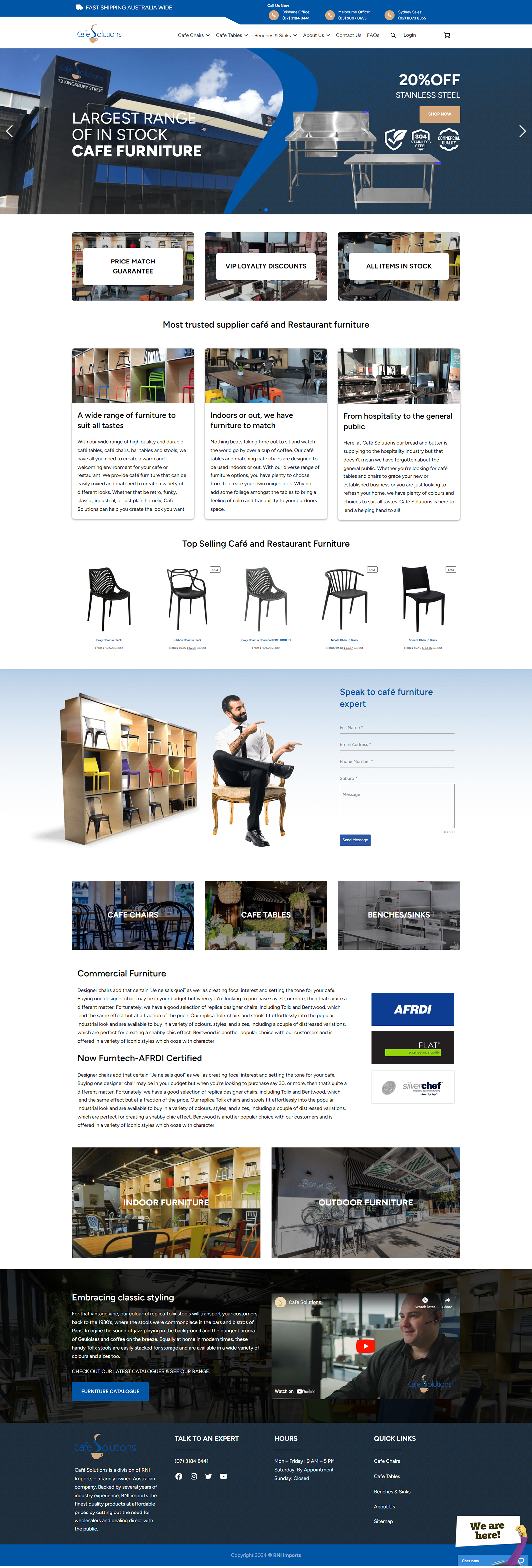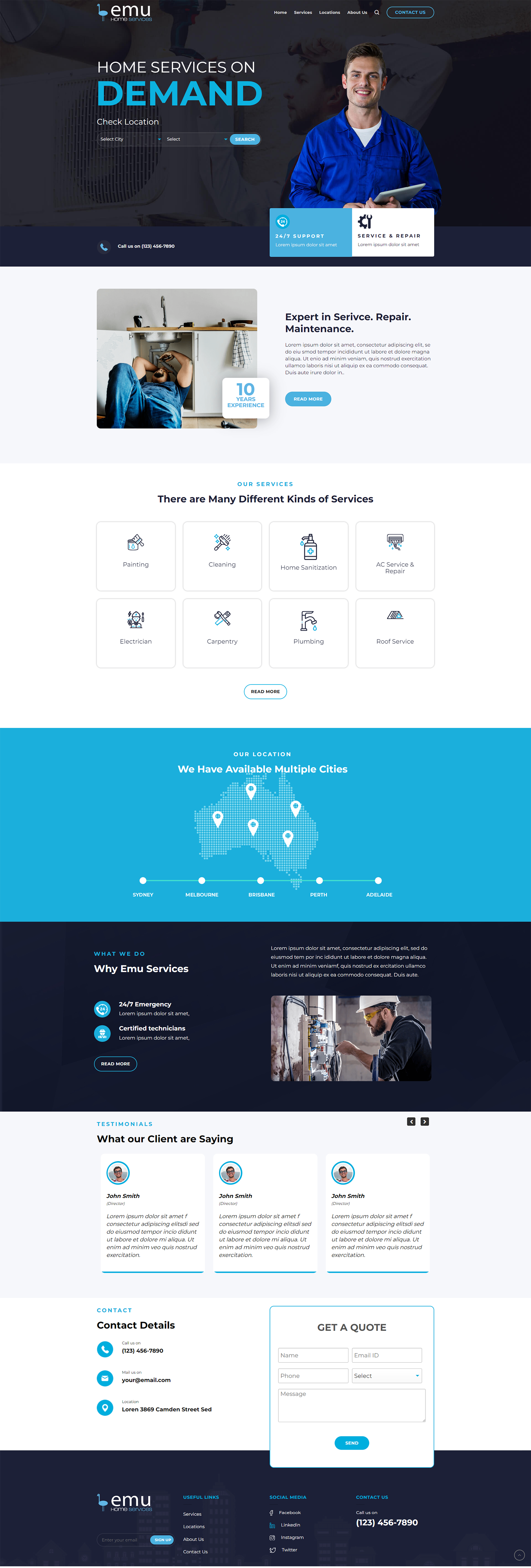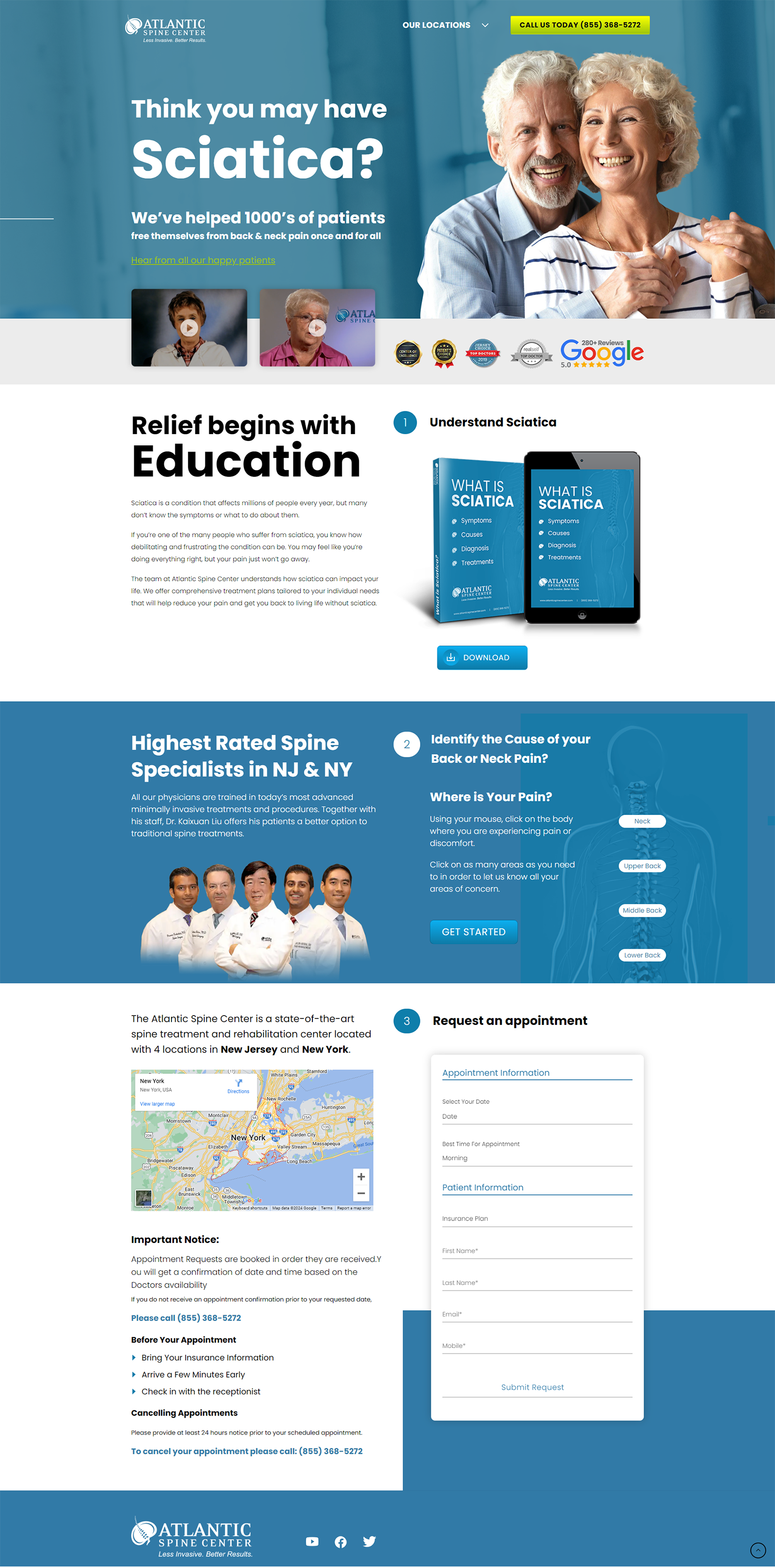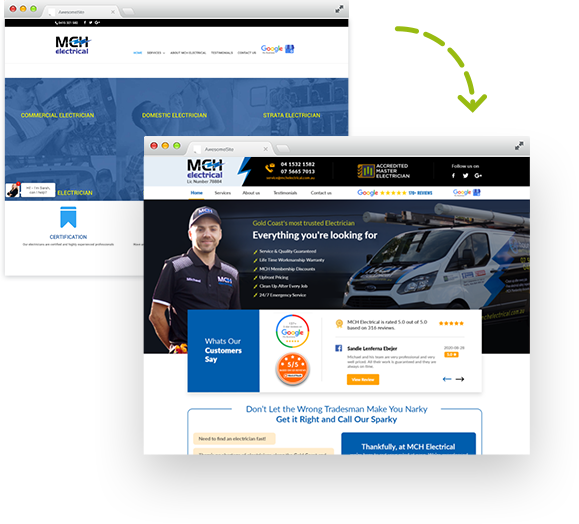In the realm of digital marketing, SEO (Search Engine Optimisation) plays a pivotal role in ensuring your business maintains online visibility and attracts the right audience. At its core, SEO involves optimising your website and content to align with search engine algorithms—complex systems used by search engines like Google to determine how content is ranked in search results. These algorithms are regularly updated to enhance user experience, prioritising relevance, accuracy, and quality.
So, is your SEO strategy aligned with the latest algorithm updates? The short answer: it needs to be. Staying updated with algorithm changes is crucial to maintaining or improving your search rankings and preventing your website from becoming invisible to potential customers.
At Kick Media, we understand these challenges well. With a commitment to helping businesses navigate SEO complexities, we make it our mission to stay updated on algorithm changes so you don’t have to. Let’s explore how these updates work, why they matter and how your SEO strategy can stay aligned with the latest algorithm shifts.
SEO Algorithms: Why Do They Keep Changing?
If you’ve been in the digital space long enough, you’ll know that SEO algorithms change often. But why? These frequent updates aren’t just to keep us on our toes; they serve a significant purpose. Search engines like Google want to provide users with the most relevant, high-quality information possible. Algorithms are constantly refined to achieve this goal, filtering out low-quality content, clickbait and misleading information. By fine-tuning search algorithms, search engines can better meet user needs, ensuring that every search yields reliable and helpful results.
Think of it as a never-ending quest to improve the user experience. Google, for instance, releases hundreds of minor updates each year to improve search accuracy, with the occasional major update that shakes up the industry. When a major update drops, businesses may find their rankings fluctuating as search engines recalibrate to prioritise quality and relevance in new ways.
Signs Your SEO Strategy Might Be Outdated
So, how do you know if your SEO strategy might be falling behind? Several red flags can indicate that your approach needs refreshing:.
Decline in Website Traffic
A steady drop in traffic can indicate that your SEO strategy needs an update. Algorithms change frequently and outdated tactics can lead to a decline in visibility.
Dropping Keyword Rankings
If your rankings are slipping, it may mean your keywords aren’t aligned with current search trends. Regular content updates are key to maintaining competitive positioning.
Low Engagement Metrics
High bounce rates and low time-on-page suggest visitors aren’t finding value. Improving content quality and relevance can boost user engagement and SEO performance.
Lack of Mobile Optimisation
Without mobile responsiveness, your site may rank lower in search results. Mobile-friendly design is crucial as more users browse on their phones.
Outdated SEO strategies can prevent even the best content from reaching its audience. Regularly assessing your SEO approach and implementing updates will help keep your website competitive, relevant and aligned with the latest search engine standards.
The Latest Algorithm Updates You Can’t Ignore
Keeping up with the most recent algorithm updates is essential for maintaining SEO effectiveness. Some recent major updates from Google and other search engines include:
Core Web Vitals Update
This update places a significant focus on user experience, specifically looking at loading times, interactivity and visual stability. Websites that are slow to load or have a poor layout may see their rankings affected as a result.
BERT and MUM
These algorithm updates focus on natural language processing, helping search engines understand the intent behind a search query more accurately. Content that doesn’t provide clear answers or meet user intent may lose visibility.
Spam and Link Spam Updates
Recent updates have cracked down on low-quality links and spammy practices. This means that link-building strategies should focus on quality over quantity, favouring reputable sites and relevant links over mere volume.
Each of these updates impacts different aspects of SEO, from technical performance to content quality. As search engines continue to refine their algorithms, businesses need to ensure their websites comply with these new standards to avoid ranking penalties.
Adapting Your SEO Strategy: Practical Steps
Adapting to algorithm changes doesn’t mean overhauling your entire strategy each time; it’s more about making incremental adjustments that align with the latest updates. Here are some practical steps you can take:
Focus on High-Quality Content
Content remains king and high-quality, informative and engaging content is more critical than ever. Prioritise long-form content, answer common questions within your industry and ensure that everything you publish is well-researched and accurate.
Optimise for Mobile
A mobile-friendly site is no longer optional. Google’s mobile-first indexing means that the mobile version of your site will be considered first when determining rankings. Ensure your site is responsive, easy to navigate and visually appealing on all devices.
Enhance User Engagement
Engagement metrics like bounce rate, time on page and click-through rate play a role in rankings. Make sure your site is visually appealing, easy to navigate and free of disruptive pop-ups to keep users engaged.
Prioritise Technical SEO
Loading speed, secure protocols (HTTPS) and clear site structures are essential. Regularly audit your website for any technical issues that could impact its performance.
Incorporate Structured Data
Structured data, or schema markup, helps search engines understand the content on your site, which can lead to enhanced search result displays, like rich snippets. This can significantly improve your click-through rate and overall visibility.
By implementing these strategies, you’ll be better equipped to adapt to new algorithm changes and maintain a competitive edge.
Staying Ahead: Proactive Approaches to SEO
To stay on top of SEO trends, a proactive approach is essential. This means continuously monitoring your site’s performance and staying updated on the latest SEO best practices. Regularly check analytics to identify any unusual drops in traffic and be sure to review your keyword strategy periodically to reflect any shifts in search intent.
Tools like Google Search Console, SEMrush and Moz can be invaluable in keeping up with algorithm changes and understanding how they impact your site. Subscribing to SEO blogs and participating in industry webinars can also provide insights and updates, helping you keep your strategy sharp and relevant. SEO isn’t a one-time effort; it’s an ongoing process that requires regular refinement to stay aligned with search engine standards.
Future-Proof Your SEO Strategy with Kick Media
The digital landscape is always evolving and so are the requirements to maintain a strong online presence. As search engines continue to refine their algorithms, aligning your SEO strategy with these updates is critical for staying competitive. It’s about more than rankings; it’s about ensuring your business is visible, relevant and prepared for future changes.
At Kick Media, we’re dedicated to helping your business stay ahead of the curve. Our expertise and commitment to adapting strategies to suit the latest algorithm updates can make all the difference in future-proofing your SEO. Reach out to us for personalised SEO support that keeps you on top of industry shifts and positions your business for long-term success. Whether you’re looking to enhance your visibility, optimise your content or engage your audience more effectively, Kick Media is here to help guide you every step of the way.



















